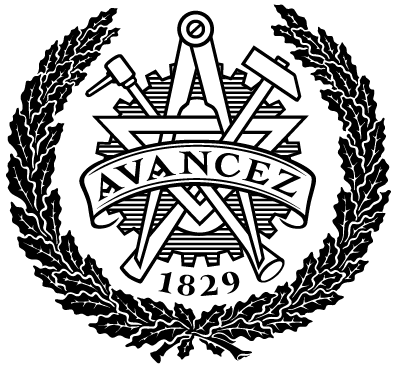Phase transitions in Bose-Einstein condensates
| dc.contributor.author | Bertilsson, Markus | |
| dc.contributor.author | Svensson, Erik | |
| dc.contributor.department | Chalmers tekniska högskola / Institutionen för fysik | sv |
| dc.contributor.examiner | Mehlig, Bernhard | |
| dc.contributor.supervisor | Hofmann, Johannes | |
| dc.date.accessioned | 2022-09-06T10:29:38Z | |
| dc.date.available | 2022-09-06T10:29:38Z | |
| dc.date.issued | 2022 | sv |
| dc.date.submitted | 2020 | |
| dc.description.abstract | The theory of Bose-Einstein condensates developed by Albert Einstein and Satyendra Nath Bose in 1924 paved the way for what is known today as superfluids, a state of matter defined by the property of having zero viscosity, the creation of which was first observed in 1938. This in turn lead to theories about a counter intuitive state of matter, the supersolid, which would able to flow with zero viscosity, while simultaneously attaining a periodic spatially modulated wave function and showing crystalline properties. Recently in 2019, this state was successfully created in labs by several independent research teams, warranting further studies in the field. In this thesis, we present a spin-1/2, spin-orbit coupled model of a dressed spin Bose-Einstein condensate, and examine its possibility to obtain a supersolid phase, based on 87Rb Bose-Einstein condensates created in labs using Raman lasers. For the given Hamiltonian, a parameterized ansatz is presented and minimized. The solutions predicts three distinct phases for the ground state, emerging by varying the coupling strength to the Raman-laser and in order to test the feasibility of this ansatz, a model for numerical calculations of the ground state was developed. To find the most viable method of time propagation, we compare the implementation of the regular Euler propagation with a Fourier split-step method, of which the latter was found to be far superior, both in accuracy and computational speed. Furthermore the excitation spectrum of the ground state solutions are analyzed, which is done by solving the eigenvalue problem from the coupled Bogoliubov equations for small amplitude oscillations and calculating their quasi-momentum. By constructing a 1D box of finite size, the ground state mean-field of the system could be calculated by implementing a Fourier split-step method with an imaginary time propagation. In our numerical findings, there exists a region close to the phase transition between the striped and separated phase, where higher Fourier components appear for the ground state, thus indicating that the varitaional model can be further expanded upon. Further, these results showed that the phase transition that took place at ˜ = 1.2 is now shifted to ˜ = 1.28. By studying the Bogoliubov excitations, it was found that these were close to the single particle solutions. However near the transition line where the relaxed mean-field most promenantely differed from the ansatz, it was found that the quadratic behaviour of the excitation spectrum was altered. | sv |
| dc.identifier.coursecode | TIFX05 | sv |
| dc.identifier.uri | https://hdl.handle.net/20.500.12380/305549 | |
| dc.language.iso | eng | sv |
| dc.setspec.uppsok | PhysicsChemistryMaths | |
| dc.subject | Quantum gases | sv |
| dc.subject | Superfluid | sv |
| dc.subject | Supersolid | sv |
| dc.subject | Bose-Einstein condensate | sv |
| dc.subject | Bogoliubov excitation | sv |
| dc.title | Phase transitions in Bose-Einstein condensates | sv |
| dc.type.degree | Examensarbete för masterexamen | sv |
| dc.type.uppsok | H |
